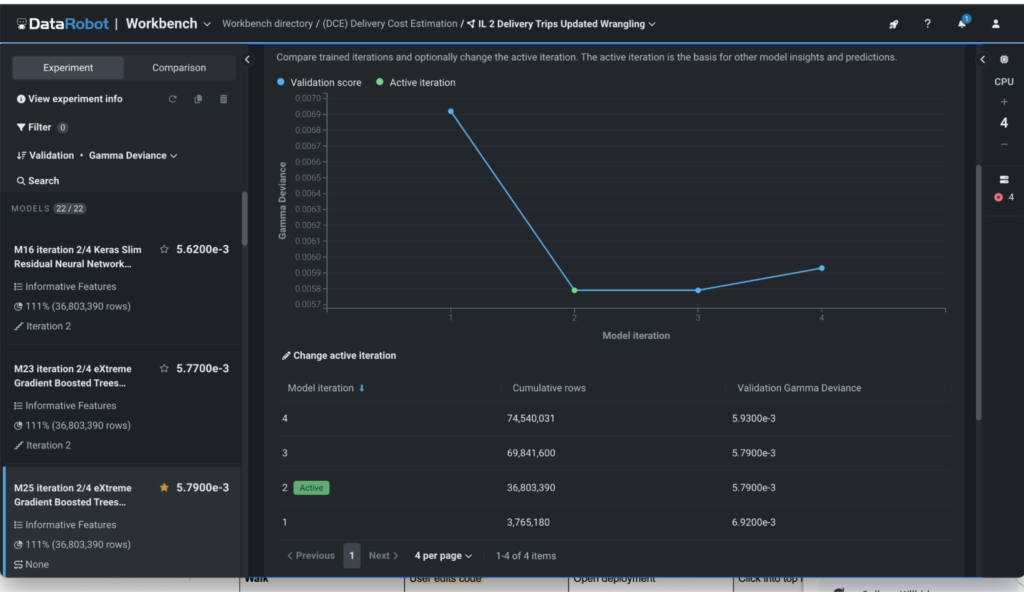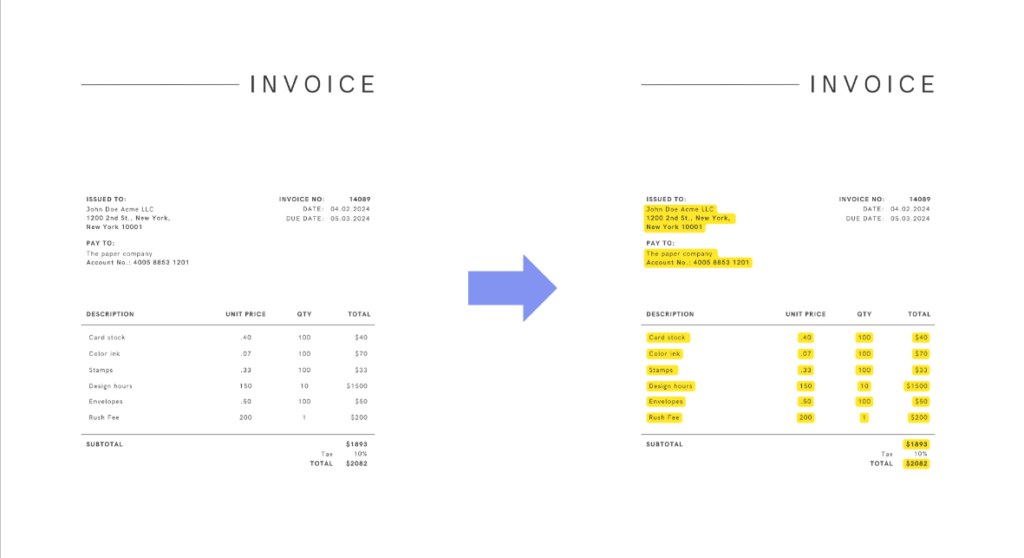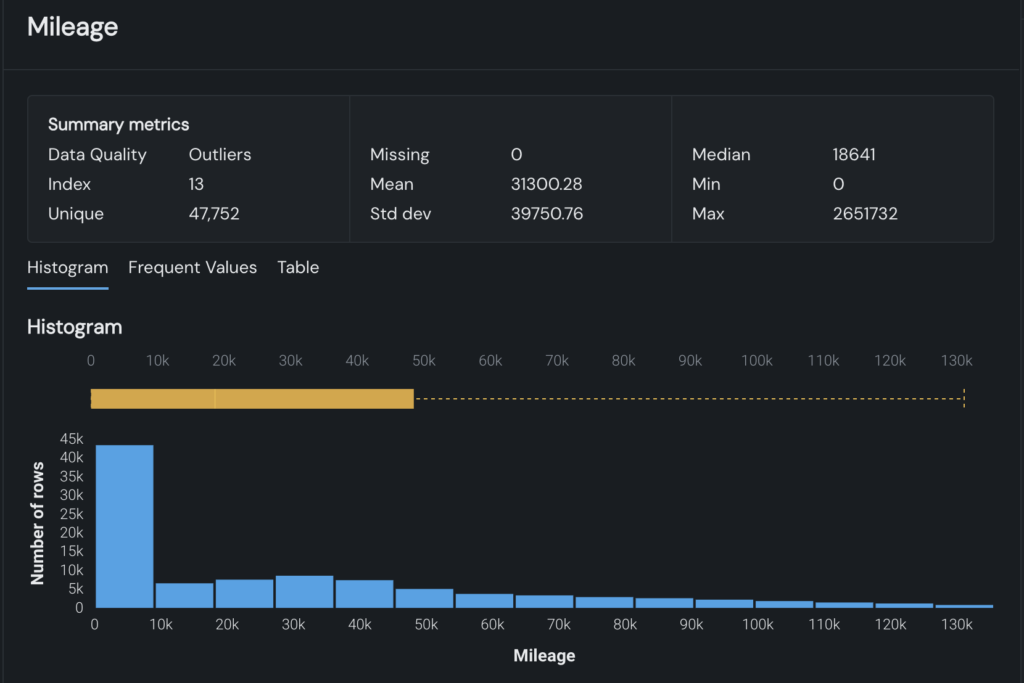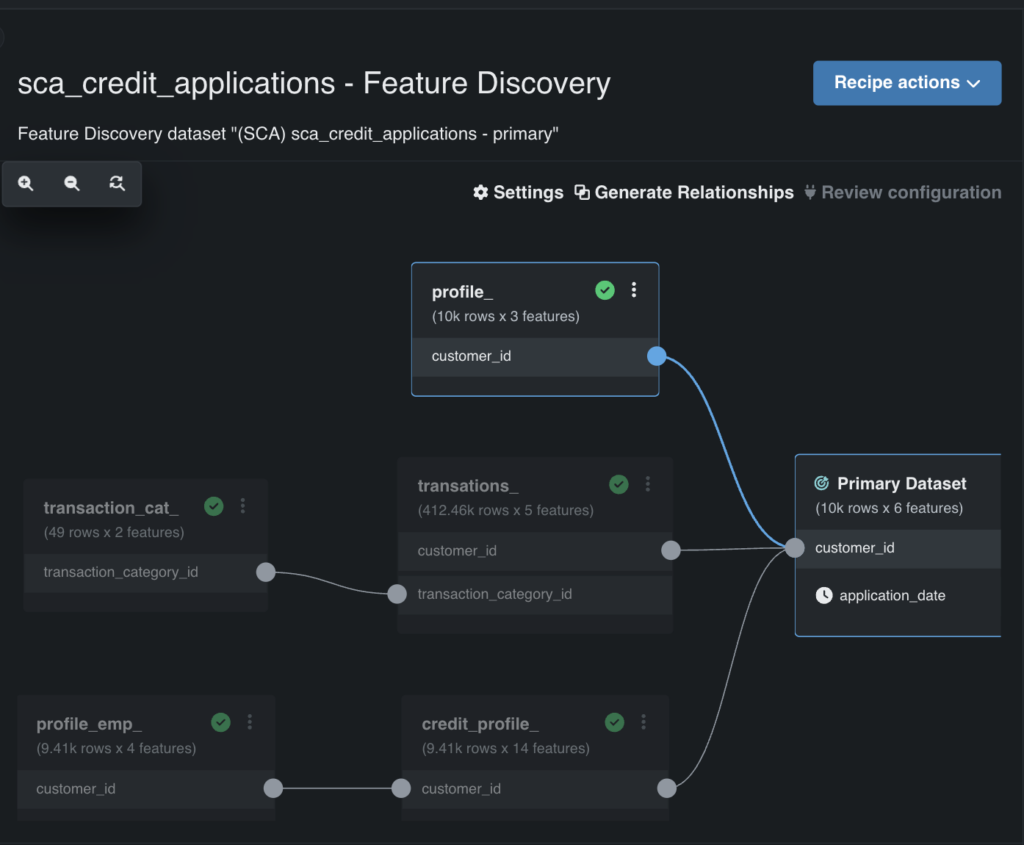Samsung’s One UI 7 Beta Program Rumor: A Frustrating Twist for Galaxy Users
The highly anticipated One UI 7 update from Samsung has stirred up controversy even before its official rollout. Recent leaks suggest that the Android 15/One UI 7 beta program may be exclusive to the Galaxy S24 lineup, leaving users of older devices like the Galaxy S23, S22, S21, and the Galaxy A-series out in the...
The post Samsung’s One UI 7 Beta Program Rumor: A Frustrating Twist for Galaxy Users appeared first on 1redDrop.
Virus that threatened humanity opens the future
Aviation Tragedy in Kazakhstan: Survivors, Investigations, and the Path Forward
The aviation world was rocked on December 25 when Azerbaijan Airlines flight J2-8243, an Embraer 190 jet, crashed near the Kazakh city of Aktau. Carrying 67 individuals, including five crew members, the incident resulted in a fiery wreckage, leaving many questions and mourning in its wake. While the disaster claimed numerous lives, 29 passengers miraculously...
The post Aviation Tragedy in Kazakhstan: Survivors, Investigations, and the Path Forward appeared first on 1redDrop.
The Quest to Save the World’s Largest CRT TV: A Retro Gaming Milestone
In the vast universe of retro gaming, nothing quite rivals the charm and authenticity of a cathode ray tube (CRT) television. For enthusiasts, CRTs are more than relics; they are portals to a bygone era, offering lag-free gameplay and vibrant displays unmatched by modern flat panels. Among these treasures, one CRT stands out as the...
The post The Quest to Save the World’s Largest CRT TV: A Retro Gaming Milestone appeared first on 1redDrop.
The Next Frontier: Asus to Redefine Laptops at CES 2025 with Record-Breaking
Setting the Stage for Innovation As the tech world eagerly anticipates CES 2025 in Las Vegas, Asus is set to steal the spotlight with groundbreaking announcements. Among the most notable reveals is the upcoming Zenbook, which the company touts as the “world’s lightest Copilot+ PC.” Combining extraordinary portability, cutting-edge technology, and claims of up to...
The post The Next Frontier: Asus to Redefine Laptops at CES 2025 with Record-Breaking appeared first on 1redDrop.
Crossing the Uncanny Valley: Breakthrough in technology for lifelike facial expressions in androids
Meta’s Ray-Ban Smart Glasses: A Bold Leap Towards a Connected Future
The advent of Meta’s Ray-Ban smart glasses marks a transformative moment in wearable technology. Equipped with live AI and real-time translation, these gadgets are more than eyewear; they’re a window into the future of augmented reality (AR). Meta’s innovation signals an exciting convergence of AI, AR, and wearable tech, setting the stage for what’s to...
The post Meta’s Ray-Ban Smart Glasses: A Bold Leap Towards a Connected Future appeared first on 1redDrop.
Crossing the Uncanny Valley: Researchers develop technology for lifelike facial expressions in androids
Accelerate data preparation and AI collaboration at scale
Speed, scale, and collaboration are essential for AI teams — but limited structured data, compute resources, and centralized workflows often stand in the way.
Whether you’re a DataRobot customer or an AI practitioner looking for smarter ways to prepare and model large datasets, new tools like incremental learning, optical character recognition (OCR), and enhanced data preparation will eliminate roadblocks, helping you build more accurate models in less time.
Here’s what’s new in the DataRobot Workbench experience:
- Incremental learning: Efficiently model large data volumes with greater transparency and control.
- Optical character recognition (OCR): Instantly convert unstructured scanned PDFs into usable data for predictive and generative AI use cases.
- Easier collaboration: Work with your team in a unified space with shared access to data prep, generative AI development, and predictive modeling tools.
Model efficiently on large data volumes with incremental learning
Building models with large datasets often leads to surprise compute costs, inefficiencies, and runaway expenses. Incremental learning removes these barriers, allowing you to model on large data volumes with precision and control.
Instead of processing an entire dataset at once, incremental learning runs successive iterations on your training data, using only as much data as needed to achieve optimal accuracy.
Each iteration is visualized on a graph (see Figure 1), where you can track the number of rows processed and accuracy gained — all based on the metric you choose.

Key advantages of incremental learning:
- Only process the data that drives results.
Incremental learning stops jobs automatically when diminishing returns are detected, ensuring you use just enough data to achieve optimal accuracy. In DataRobot, each iteration is tracked, so you’ll clearly see how much data yields the strongest results. You are always in control and can customize and run additional iterations to get it just right.
- Train on just the right amount of data
Incremental learning prevents overfitting by iterating on smaller samples, so your model learns patterns — not just the training data.
- Automate complex workflows:
Ensure this data provisioning is fast and error free. Advanced code-first users can go one step further and streamline retraining by using saved weights to process only new data. This avoids the need to rerun the entire dataset from scratch, reducing errors from manual setup.
When to best leverage incremental learning
There are two key scenarios where incremental learning drives efficiency and control:
- One-time modeling jobs
You can customize early stopping on large datasets to avoid unnecessary processing, prevent overfitting, and ensure data transparency.
- Dynamic, regularly updated models
For models that react to new information, advanced code-first users can build pipelines that add new data to training sets without a complete rerun.
Unlike other AI platforms, incremental learning gives you control over large data jobs, making them faster, more efficient, and less costly.
How optical character recognition (OCR) prepares unstructured data for AI
Having access to large quantities of usable data can be a barrier to building accurate predictive models and powering retrieval-augmented generation (RAG) chatbots. This is especially true because 80-90% company data is unstructured data, which can be challenging to process. OCR removes that barrier by turning scanned PDFs into a usable, searchable format for predictive and generative AI.
How it works
OCR is a code-first capability within DataRobot. By calling the API, you can transform a ZIP file of scanned PDFs into a dataset of text-embedded PDFs. The extracted text is embedded directly into the PDF document, ready to be accessed by document AI features.

How OCR can power multimodal AI
Our new OCR functionality isn’t just for generative AI or vector databases. It also simplifies the preparation of AI-ready data for multimodal predictive models, enabling richer insights from diverse data sources.
Multimodal predictive AI data prep
Rapidly turn scanned documents into a dataset of PDFs with embedded text. This allows you to extract key information and build features of your predictive models using document AI capabilities.
For example, say you want to predict operating expenses but only have access to scanned invoices. By combining OCR, document text extraction, and an integration with Apache Airflow, you can turn these invoices into a powerful data source for your model.
Powering RAG LLMs with vector databases
Large vector databases support more accurate retrieval-augmented generation (RAG) for LLMs, especially when supported by larger, richer datasets. OCR plays a key role by turning scanned PDFs into text-embedded PDFs, making that text usable as vectors to power more precise LLM responses.
Practical use case
Imagine building a RAG chatbot that answers complex employee questions. Employee benefits documents are often dense and difficult to search. By using OCR to prepare these documents for generative AI, you can enrich an LLM, enabling employees to get fast, accurate answers in a self-service format.
WorkBench migrations that boost collaboration
Collaboration can be one of the biggest blockers to fast AI delivery, especially when teams are forced to work across multiple tools and data sources. DataRobot’s NextGen WorkBench solves this by unifying key predictive and generative modeling workflows in one shared environment.
This migration means that you can build both predictive and generative models using both graphical user interface (GUI) and code based notebooks and codespaces — all in a single workspace. It also brings powerful data preparation capabilities into the same environment, so teams can collaborate on end-to-end AI workflows without switching tools.
Accelerate data preparation where you develop models
Data preparation often takes up to 80% of a data scientist’s time. The NextGen WorkBench streamlines this process with:
- Data quality detection and automated data healing: Identify and resolve issues like missing values, outliers, and format errors automatically.
- Automated feature detection and reduction: Automatically identify key features and remove low-impact ones, reducing the need for manual feature engineering.
- Out-of-the-box visualizations of data analysis: Instantly generate interactive visualizations to explore datasets and spot trends.
Improve data quality and visualize issues instantly
Data quality issues like missing values, outliers, and format errors can slow down AI development. The NextGen WorkBench addresses this with automated scans and visual insights that save time and reduce manual effort.
Now, when you upload a dataset, automatic scans check for key data quality issues, including:
- Outliers
- Multicategorical format errors
- Inliers
- Excess zeros
- Disguised missing values
- Target leakage
- Missing images (in image datasets only)
- PII
These data quality checks are paired with out-of-the-box EDA (exploratory data analysis) visualizations. New datasets are automatically visualized in interactive graphs, giving you instant visibility into data trends and potential issues, without having to build charts yourself. Figure 3 below demonstrates how quality issues are highlighted directly within the graph.

Automate feature detection and reduce complexity
Automated feature detection helps you simplify feature engineering, making it easier to join secondary datasets, detect key features, and remove low-impact ones.
This capability scans all your secondary datasets to find similarities — like customer IDs (see Figure 4) — and enables you to automatically join them into a training dataset. It also identifies and removes low-impact features, reducing unnecessary complexity.
You maintain full control, with the ability to review and customize which features are included or excluded.

Don’t let slow workflows slow you down
Data prep doesn’t have to take 80% of your time. Disconnected tools don’t have to slow your progress. And unstructured data doesn’t have to be out of reach.
With NextGen WorkBench, you have the tools to move faster, simplify workflows, and build with less manual effort. These features are already available to you — it’s just a matter of putting them to work.
If you’re ready to see what’s possible, explore the NextGen experience in a free trial.
The post Accelerate data preparation and AI collaboration at scale appeared first on DataRobot.
Top Viewed Articles of 2024
ChatGPT Getting Smarter — Again
New Upgrade Promised for Early 2025
ChatGPT’s maker OpenAI is promising to release yet another upgrade to one of the AI engines that helps power the chatbot — dubbed OpenAI o3.
The performance of the new AI engine is three times better than its predecessor, OpenAI 01 — and that’s when OpenAI 03 is running on its ‘low compute’ setting.
The new AI engine is even more impressive when it runs on its ‘high compute’ setting, according to OpenAI.
Lead writer Maxwell Zeff reports that ChatGPT-maker OpenAI plans to release the new AI engine in early 2025.
In other news and analysis on AI writing:
*In-Depth Guide: Google’s New Deep Research Tool: AI expert Paul O’Malley offers a crystal-clear, easy-paced, step-by-step video of how to use a powerful new AI research tool from Google.
Dubbed Google ‘Deep Research,’ the new tool begins its research for you by developing an in-depth, research game-plan for any topic you fancy.
Once you approve the plan — which you can edit beforehand — the AI scurries off to the Web, visiting and analyzing hundreds — or more — Web sites to put together a deeply reasoned, well-written report on its findings and analysis.
One caveat: Some reviewers have found that while Deep Research is accurate overall, the tool sometimes misconstrues nuances and its accuracy is not 100% reliable.
*Google Deep Research: Another Believer: Add writer Ryan Morrison to the growing number of AI experts thrilled with Google’s new Deep Research tool.
In practice, Deep Research returns an in-depth report for you on any topic, complete with citations and references.
“You can link back to any source it gathered the information from and even ask a follow-up question and have it refine the report.
“This isn’t a quick process: It can take several minutes to complete the search and provide the final report — which you can export to (Google) Docs.”
*Google’s New AI Reasoning Released: Including a Peek Inside Its Genius: Determined to match ChatGPT maker OpenAI blow-for-blow, Google has released an update to its AI that specializes in reasoning — Google Gemini 2.0 Flash.
Observes writer Carl Franzen: “Unlike competitor reasoning models o1 and o1 mini from OpenAI, Gemini 2.0 enables users to access its step-by-step reasoning through a dropdown menu, offering clearer, more transparent insight into how the model arrives at its conclusions.
“By allowing users to see how decisions are made, Gemini 2.0 addresses longstanding concerns about AI functioning as a “black box,” and brings this model — licensing terms still unclear — to parity with other open-source models fielded by competitors.”
*Oops: Apple’s News Service Accidentally ‘Kills-Off’ CEO Killer: This week’s ‘Egg-on-Face’ Award for irresponsible use of AI goes to Apple.
Its newly forged news service, powered by Apple Intelligence, falsely reported that the New York CEO killer shot himself — and credited the BBC as the news source.
Ouch.
Observes BBC writer Graham Fraser: “This week, the AI-powered summary falsely made it appear BBC News had published an article claiming Luigi Mangione — the man arrested following the murder of healthcare insurance CEO Brian Thompson in New York — had shot himself.
“He has not.”
Not surprisingly, the BBC is none too pleased.
*Why Teach Writing? Let AI Handle It: While scores of educators anguish over the widespread use of ChatGPT and similar tools to cheat on homework, high school teacher Stephen Lane is not one of them.
In fact, Lane — a history and economics teacher — looks forward to the day when K-12 educators will offload the entire process of writing instruction to AI.
Observes Lane: “AI is in the classroom. And teachers need to teach students how to use it.
“The challenge is to uphold the bedrock value of academic integrity at the same time. The best way to do so may be to separate writing from scholarship.”
*Me Too: Google Crashes the Text-to-Video Party: As Hollywood’s filmmakers warily eye the widespread release of ChatGPT’s text-to-video tool ‘Sora,’ Google has jumped in with a resounding ‘Me Too’ with Veo 2.
Observes writer Chance Townsend: “In its press release, Google Deepmind states that Veo 2 can generate 4K videos and handle complex prompts — like specific camera lenses or cinematic shots.
“Further, the company says that, unlike earlier models that often “hallucinate” strange visuals (like extra limbs), Veo 2 reduces these quirks, making results more natural.”
*Jasper Studio: Perfect for Marketers Looking to Create Their Own AI Overlords: Expanding beyond automated writing, Jasper has released a new ‘Jasper Studio’ add-on to its service for marketers looking to create their own AI apps and workflows within the Jasper platform.
An example app that can be designed with the new studio would be an app that can generate brand-specific product descriptions at scale.
Meanwhile, a business-to-business marketing team might develop an app to recommend key accounts and personalized product suggestions.
With the new, no-code programming studio, marketers can also customize Jasper’s more than 90, pre-built applications and tailor them to meet needs such as character limits, image specifications, content formatting or brand compliance.
*Google Gemini: The Complete Rundown: If you’re looking for a complete, in-depth update on the AI engine Gemini — one of the fiercest competitors to the AI engines powering ChatGPT, this is your one-stop answer.
Writers Kyle Wiggers and Maxwell Zeff do a great job of illuminating every facet of the Gemini phenomenon.
And they offer up an insightful frame-of-reference for how Gemini fits into the grand-scheme-of-AI.
*AI Big Picture: Microsoft CEO: AI Agents Will Eat Software Apps: In this head-turning video, Microsoft CEO Satya Nadella predicts software apps are doomed to disappear as AI agents rise in popularity.
Makes sense: ChatGPT users are already creating their own AI-powered proofreading prompts in a few seconds, for example — which compete directly with Grammarly, a software proofreading app that took years to code by traditional programmers.
Interestingly, Nadella points to one of Microsoft’s own stalwart software apps — ‘Excel’ — as one of many software apps that may face the chopping block.
Nadella’s reasoning: Why reach for a software app to slice-and-dice your data, when one or more AI agents — that you can quickly create — can do the same thing?

Share a Link: Please consider sharing a link to https://RobotWritersAI.com from your blog, social media post, publication or emails. More links leading to RobotWritersAI.com helps everyone interested in AI-generated writing.
–Joe Dysart is editor of RobotWritersAI.com and a tech journalist with 20+ years experience. His work has appeared in 150+ publications, including The New York Times and the Financial Times of London.
The post ChatGPT Getting Smarter — Again appeared first on Robot Writers AI.
Best Smartphones to Click Christmas Pictures in 2024
Christmas is fast approaching, and the holiday spirit brings with it countless photo-worthy moments. From twinkling lights adorning the tree to the cozy gatherings of friends and family, capturing these scenes perfectly is a priority for many. The right smartphone can make all the difference in preserving these memories. Below, we explore the best smartphones...
The post Best Smartphones to Click Christmas Pictures in 2024 appeared first on 1redDrop.
Robot mimics traditional Chinese massage techniques for therapeutic use
Apple’s Lightning Era Nears Its End: What the USB-C Mandate Means for the Future
Apple Pulls iPhone SE, 14, and 14 Plus from EU Stores Apple has initiated a significant shift by removing the iPhone SE, iPhone 14, and iPhone 14 Plus from its Swiss online store, with similar moves expected across the European Union (EU). This decision comes in response to the impending EU regulation requiring all smartphones...
The post Apple’s Lightning Era Nears Its End: What the USB-C Mandate Means for the Future appeared first on 1redDrop.
